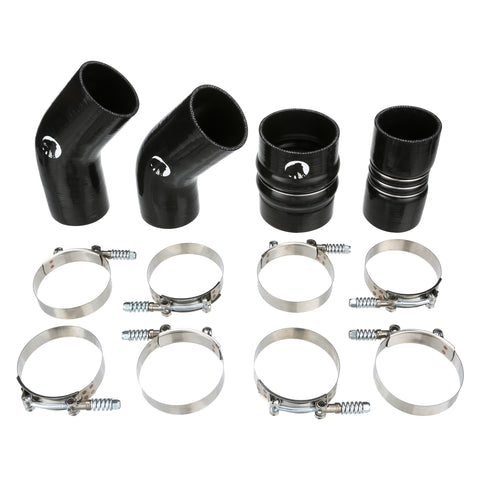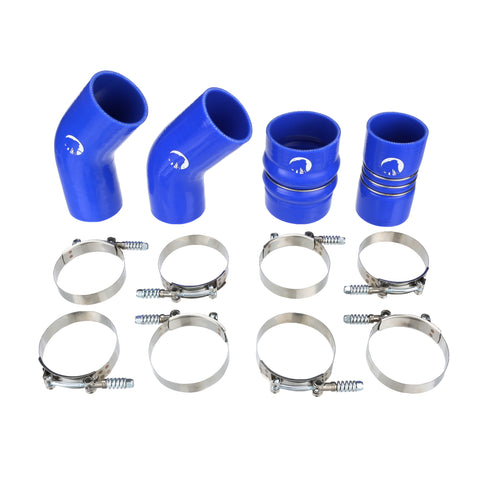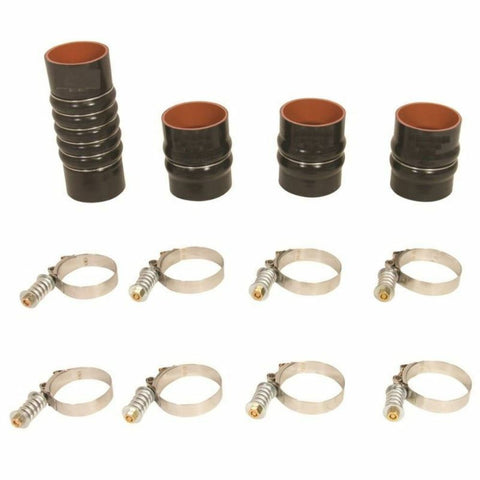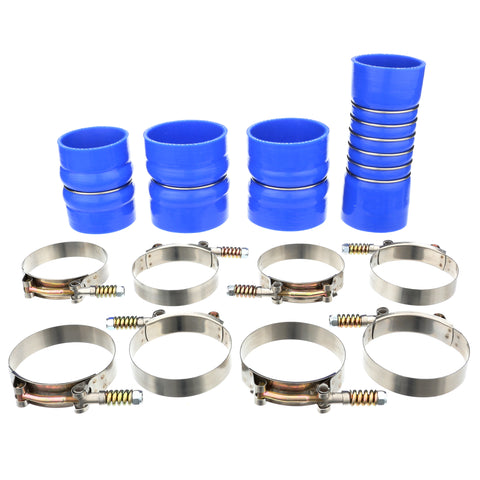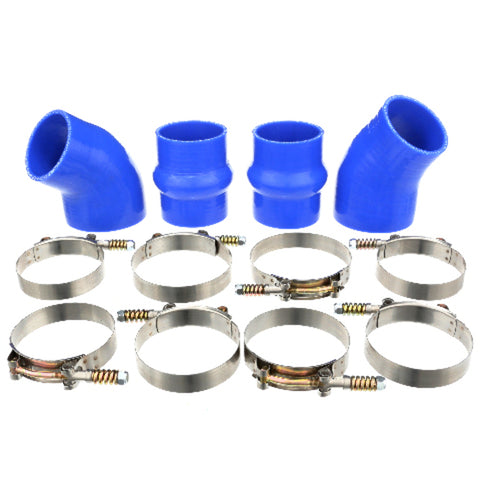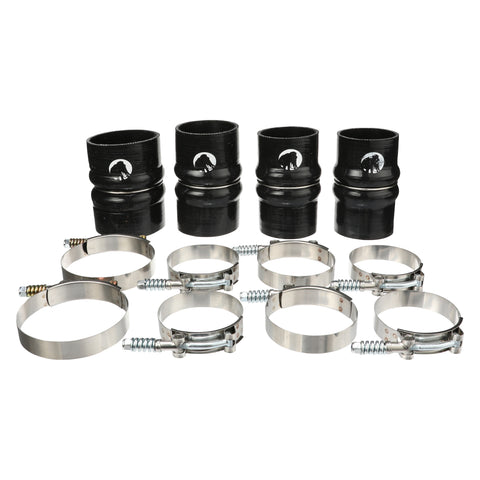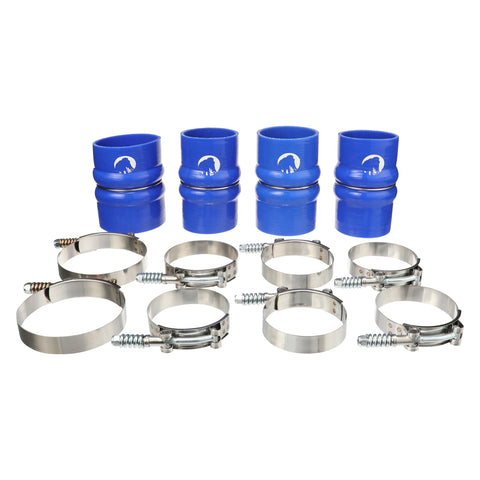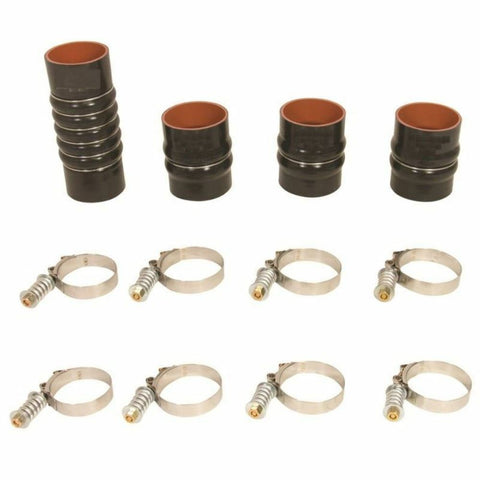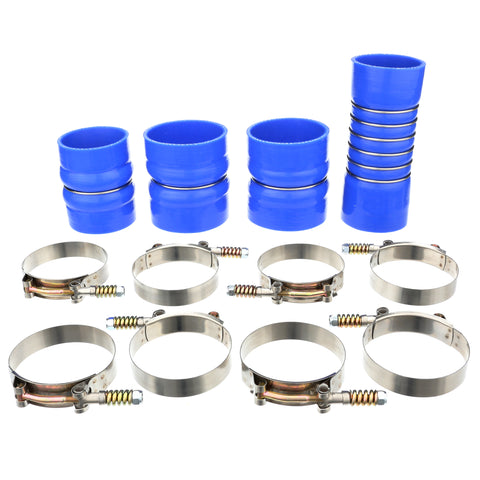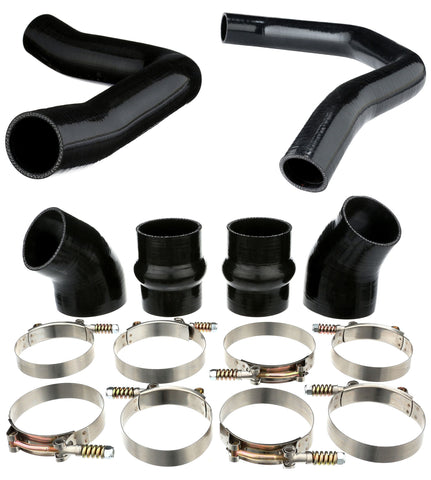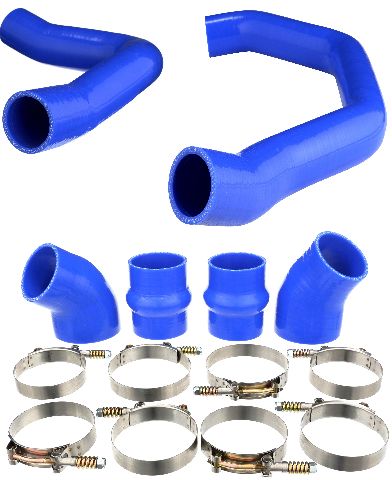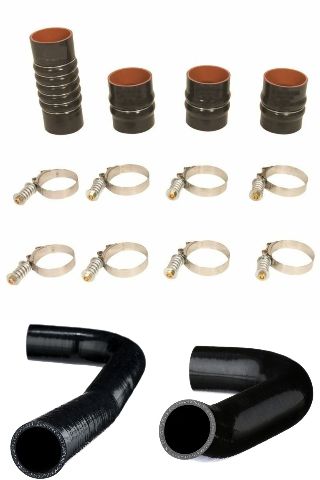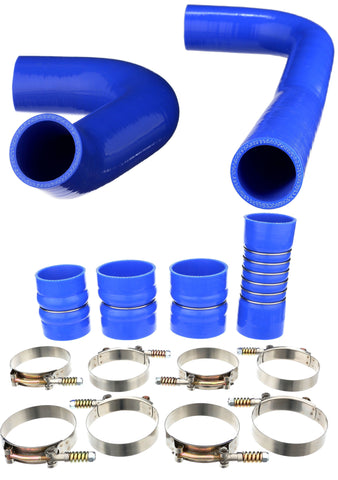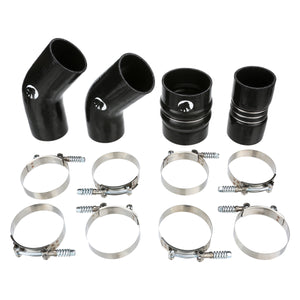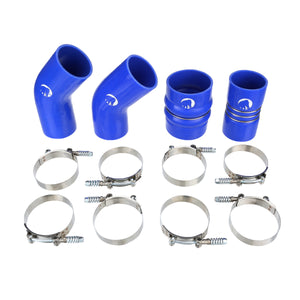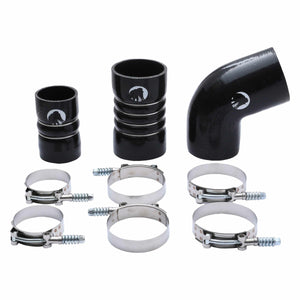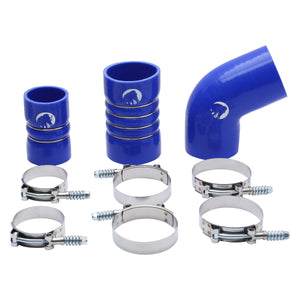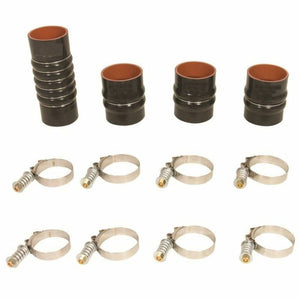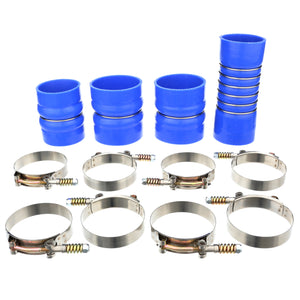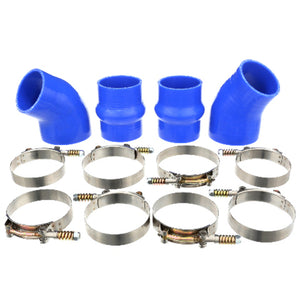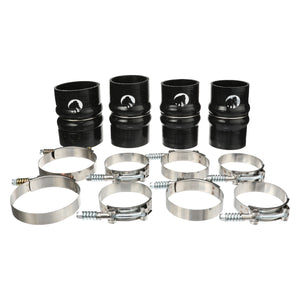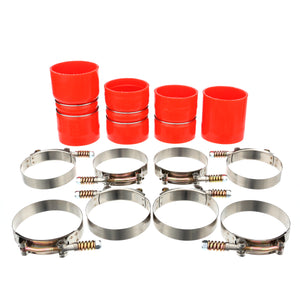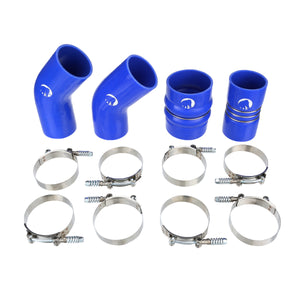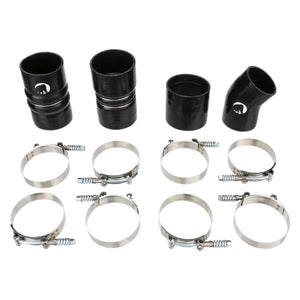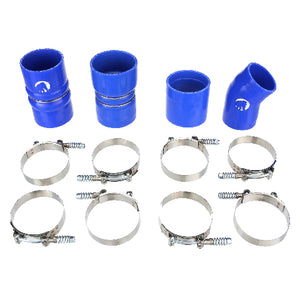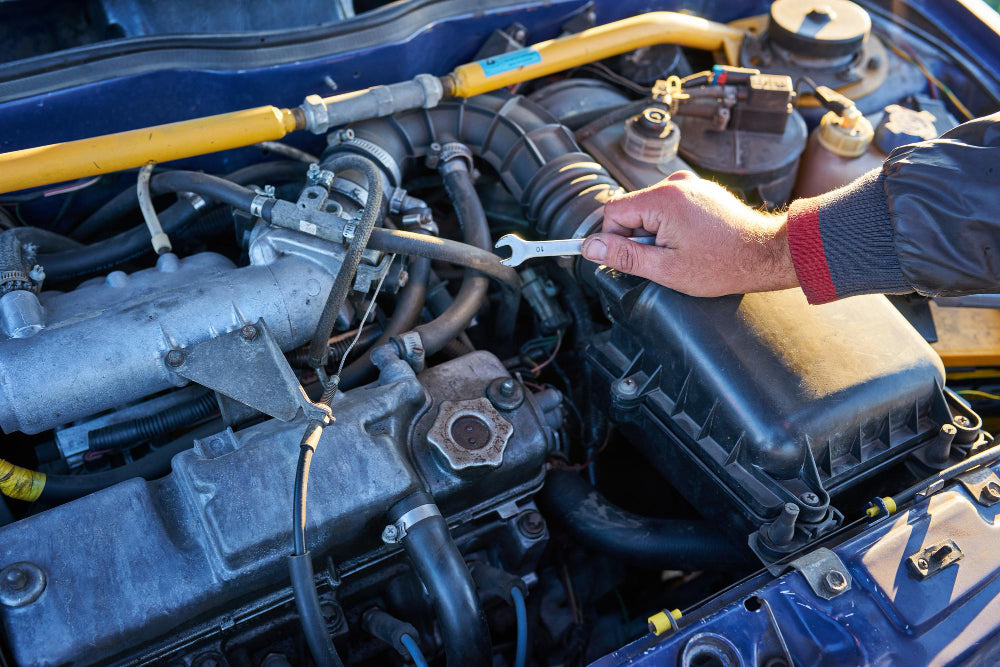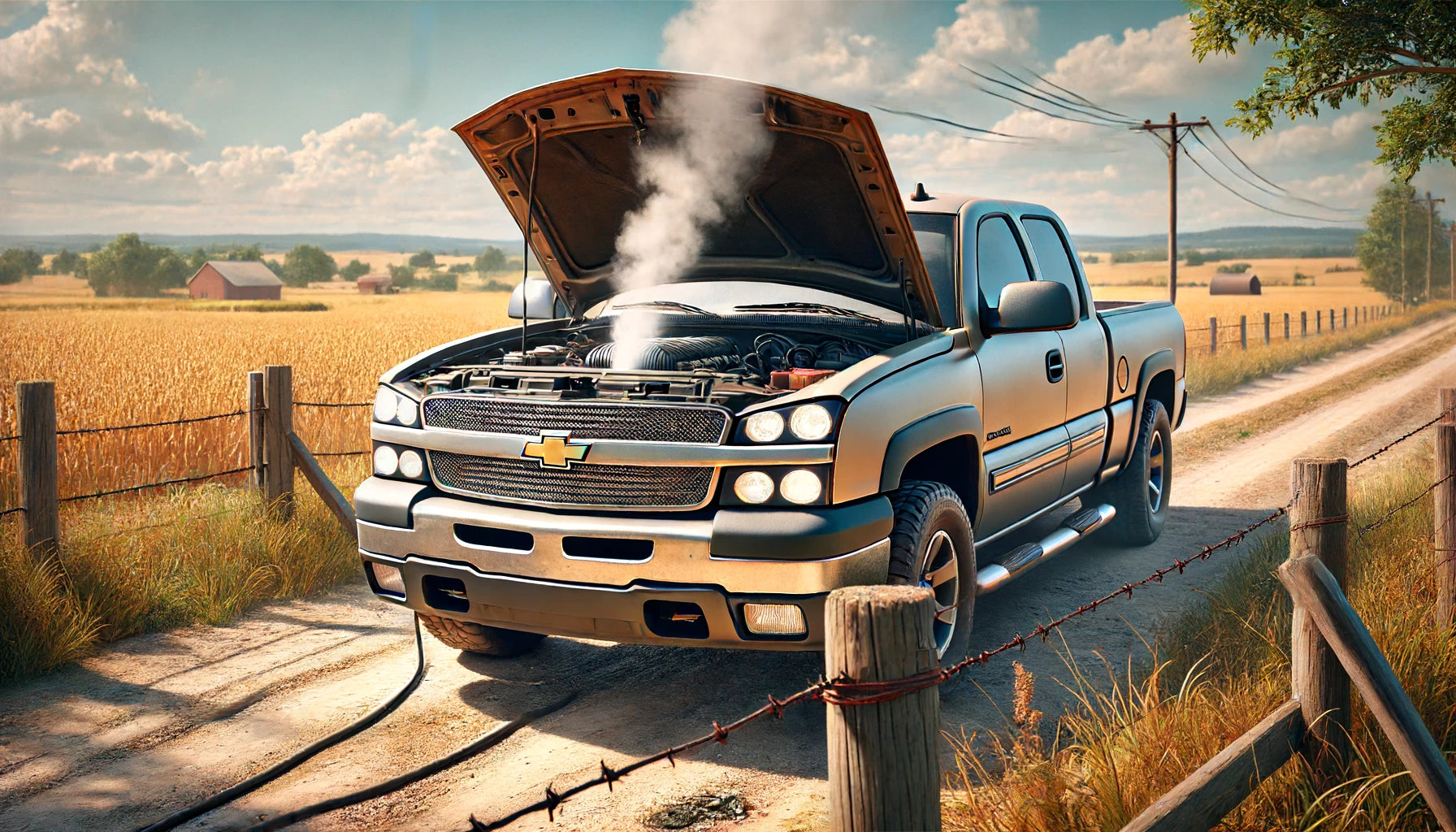Dodge Cummins Years to Avoid

Table Of Contents
Right from when it was first offered as an option alongside the gasoline engines of the 1989 Dodge Ram 250 and 350 Series pickup trucks, the Dodge Cummins engine has stood out as a highly reliable and durable diesel powerplant that can complete with the best offerings on the market. Owing to the farming roots of its inventor - Clessie Cummins, the Dodge Cummins diesel engine was built to be a strong motor that can rack up high mileages and handle the demands of commercial farmwork efficiently without constantly breaking down. Hence its noteworthy capability and reliability.
Five generations on, Cummins diesel engines still claim a significant share of the US diesel engine market. However, like most other engines, they are not without flaws. As expected, some generations or versions are better than others, so it is critical to determine what year Cummins to avoid.
Over the years, Cummins Inc. has done a great job of progressively refining its engines, so some of the Dodge Cummins years to avoid are those of its first generation. Here are the different generations of the Dodge Cummins engine:
First-Generation (1989-1994) Cummins Engine
The first-generation Dodge Ram pickup truck was introduced in 1981, but it wasn’t until 1989 that a Dodge Cummins turbo diesel engine was added to its engine lineup. This Cummins 5.9-liter I6 12-valve B-Series diesel engine is turbocharged and has direct injection, so it delivers better fuel economy than its gasoline engine counterparts It produces 160 hp and 400 lb.-ft. of torque, and pairs with a 5-speed manual or TorqueFlite 727automatic – widely considered one of the toughest automatic gearboxes ever built.
Second Generation (1994-1998) Cummins Engine
The second-generation Dodge Ram pickup truck was introduced in 1994. It was larger, had a more contemporary design, and featured more powerful engines, including improved versions of the 5.9-liter I6 Cummins diesel engine. Between 1994 and 1995, this truck’s Cummins diesel engine option developed up to 175 hp and 420 lb.-ft. of torque. This engine’s horsepower then increased further to 215hp between 1996 and 1998. However, with this increase in horsepower came higher oil consumption, so expect to spend more on engine oil with these models.
The transmissions available with this engine include a 4-speed TorqueFlite 47RH-RE automatic or 5-speed manual.
Third Generation (1998.5-2002) Cummins Engine
Midway through 1998, the Dodge Ram 2500/3500 models got a further improved, 24-valve 5.9L I6 Cummins turbo diesel engine with a bigger intercooler for superior cooling. As a result, its power figures went up to 235hp, then 245hp by 2002. This engine is also the first in the Cummins Diesel engines lineup to get electronic fuel injection which improves reduces emissions while enhancing fuel economy.
Fourth Generation (2003-2007) Cummins Engine
The 4th-generation Cummins engines powered specific models of the 3rd-generation Dodge Ram 2500/3500 pickup trucks. The 3rd-generation Dodge Ram pickup truck was step-up from the previous generation in terms of styling, interior space, and ride quality. It had a new frame, revised suspension system, and updated interiors. However, its most notable improvement was in its power and capability. In 2003, its 24-valve 5.9L I6 Cummins turbo diesel engine was fitted with a new Bosch common-rail fuel-injection system that increased horsepower and torque to 305hp and 555 lb.-ft. of torque. These figures increased to 325hp and 610 lb.-ft. of torque in mid-2004 after further powertrain enhancements.
Fifth Generation (2007.5-2012) Cummins Engine
The 5th-generation Cummins engines were introduced to the 3rd-generation Dodge Ram 2500/3500 pickup trucks in mid-2007. For this generation, Cummins introduced a larger and more refined 6.7 L (408 cu in) Cummins diesel I6 engine that is good for 350hp and 650 lb.-ft. of torque. By 2010, this engine’s power figures had gone up to 370hp and 800 lb.-ft. of torque. This engine was further enhanced with an integrated exhaust brake in 2011 and 2012 for improved towing capability.
Sixth Generation (2013-Present)
With the introduction of the 6th-generation Cummins diesel engine in 2013 came a heavy-dutyAisin ASC69RC automatic transmission that bumped up the truck’s output to 385hp and 850 lb.-ft. of torque. In 2016 and 2017, this engine’s torque increased further to 900 lb.-ft. of torque, and then to 930 lb.-ft. of torque by 2018. In 2020, further revisions to the diesel engine and Aisin ASC69RC automatic transmission caused output to reach 400hp and 1000 lb.-ft.
Dodge Cummins Years to Avoid and Why
The following are the some of the Dodge Cummins years to avoid:
Ø 1991, 1992, and 1993 Dodge Cummins Problems
These are the model years of the first-generation, Cummins-equipped Dodge Ram pickup truck that tend to have the most issues. As mentioned above, they come equipped with the original Cummins 5.9-liter I6 12-valve diesel engine. Given how old they are now, most examples of this engine have been eaten up by rust, so they are likely to leak quite a bit. This engine also has a dowel pin in its engine block that can back out and fall into the timing gear; this can cause serious engine damage. Also, because most examples are likely to have high mileages, they are bound to have substantial dirt and oil residue buildups, so check for that.
In addition, these model years were plagued with problems like charging system issues that would make it hard to do cold starts, faulty wiring connections, a difficulty in turning the steering wheel when the vehicle is idling, automatic transmission issues that may cause the vehicle to stall, and overheating.
Ø 1999 Dodge Cummins Problems
According to Repairpal.com, the Cummins-equipped 1999 Dodge Ram 2500/3500 has been known to have problems like the need to replace the pressure solenoid in the transmission valve body, the engine cranking but refusing to start, high oil consumption, coolant/oil/water leaks, and faulty wiring connections. In addition, instances of fuel injection pump failure have also been noted in this model year.
Ø 2001 and 2003 Dodge Cummins Problems
Some of the issues that plague these model years include a Bosch VP44 high-pressure fuel pump that isn’t as reliable as the P7100 fuel pump featured on the prior versions. It fails or malfunctions more frequently. Also, the engine block of this engine has been known to fracture or crack due to a casting defect. Also, many complaints have been made concerning the interior quality of these models. Many have complained of fractured dashboards and the falling apart of interior trim.
Ø 2006 Dodge Cummins Problems
According to Carcompliants.com, the highest number of complaints made concerning this model year were about air conditioning and heater defects. Suspension issues have also been noted with this model, including many ‘death wobble’ instances whereby the vehicle would shake violently or move rapidly from side to side when it hits a pothole or bump at speeds of 40mph and above.
6.7 Cummins Years To Avoid
Ø 2007 and 2008 Dodge Cummins Problems
The models exhibit some problems with their Bosch common-rail fuel-injection system that may include injector failures and valve seat problems. Steering issues are also common with these models, as are engine problems that include engine stalls while driving, in extreme cases, total engine failure.
Ø 2011 Dodge Cummins Problems
Carcomplaints.com shows suspension problems to be the most prevalent issues that 2011 Dodge Cummins owners have to deal with. These problems include the death wobble and tie rod fractures, both of which can cause serious accidents. The 6.7L Cummins engine in these models has also been reported to have instances of camshaft failure.
Final Words
The best Dodge Cummins model years to go for are those of the 4th and 5th generations. Their powertrains are way more refined than those of prior generations, and they also feature modern technologies that help to improve performance and capability while enhancing fuel economy. The 2004 and 2005 Dodge Cummins trucks are also worth considering.


